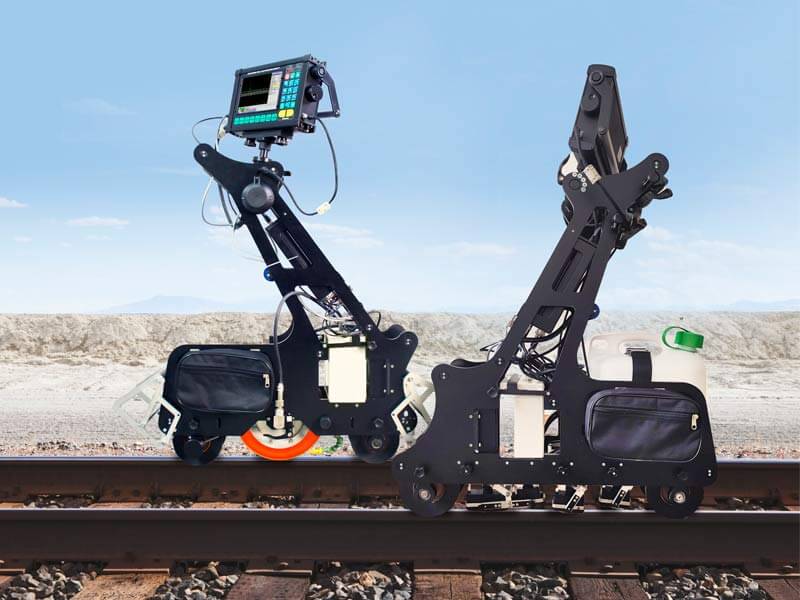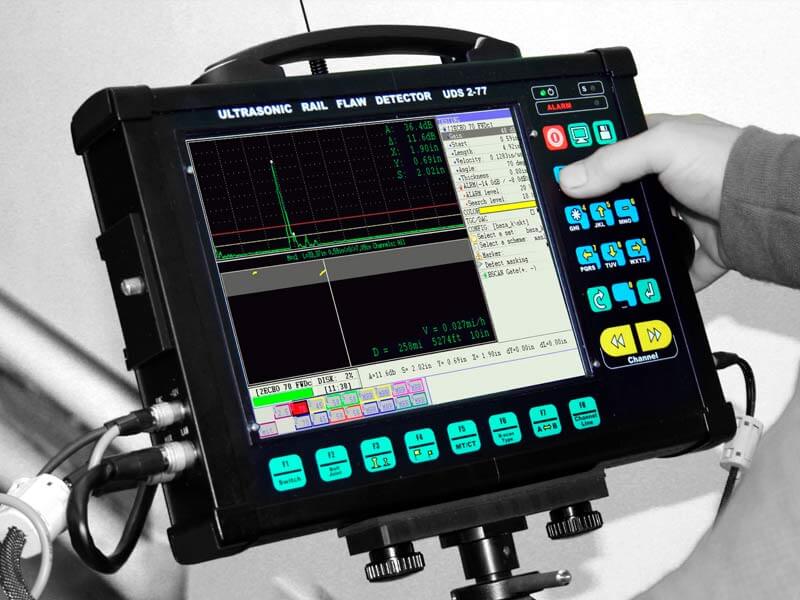The systems of OKOSCAN-73HS family can be mounted on different chassis depending on end user`s requirements. A railway car or a hi-rail truck with truck bed will allow using large monitors and comfortable conditions for operators` work which is essential during continuous inspection of large railway track areas. Usage of hi-rail trucks is the most universal option because it allows to start and finish inspection at any rail/road crossing. This helps to plan inspection in the areas with busy train traffic.
The safety of movement on any railway track in the world depends on the quality of the railway track. The most cost effective solution is following the Risk Based Engineering principles which requires correct and up-to-date information about all rails in the railway tracks. Detection and further monitoring of the technical state of rails with operational defects allow their timely replacement. One of the main components of the rails defects detection approaches is ultrasonic rail inspection, which allows detection of both surface and inner defects in the whole rail cross section (except for the rail base wings).
Both the manufacture defects – the ones that appear in the process of production – and in-service defects of fatigue type may develop (fig.1) in various metal products. The cracks may develop at different angles to the surface growing to considerable depths thus causing the threat of a product breaking when in service.

Nowadays, the scores of continuous rails testing technologies are represented on the European, American, Australian and other markets – portable single- and dual-rail line trolleys, locomobiles and detector-cars. In most of them traditional sounding schemes are implemented that allow to test the rail head and the rail central cross-section

One of the rail track ultrasonic testing (UT) features compared to the UT of another objects of the railroad transport is its multi-channeling at a variety of sounding schemes, and a large extension of the TO. As a result of this particular feature, it is more challenging for the operator to seize such volume of information in real time – the testing by the single-rail trolley UDS2-77 and double-rail trolleys UDS2-73, as a rule, is performed at a speed of 3-4 km/h – the operator's walking speed.
Need help?
